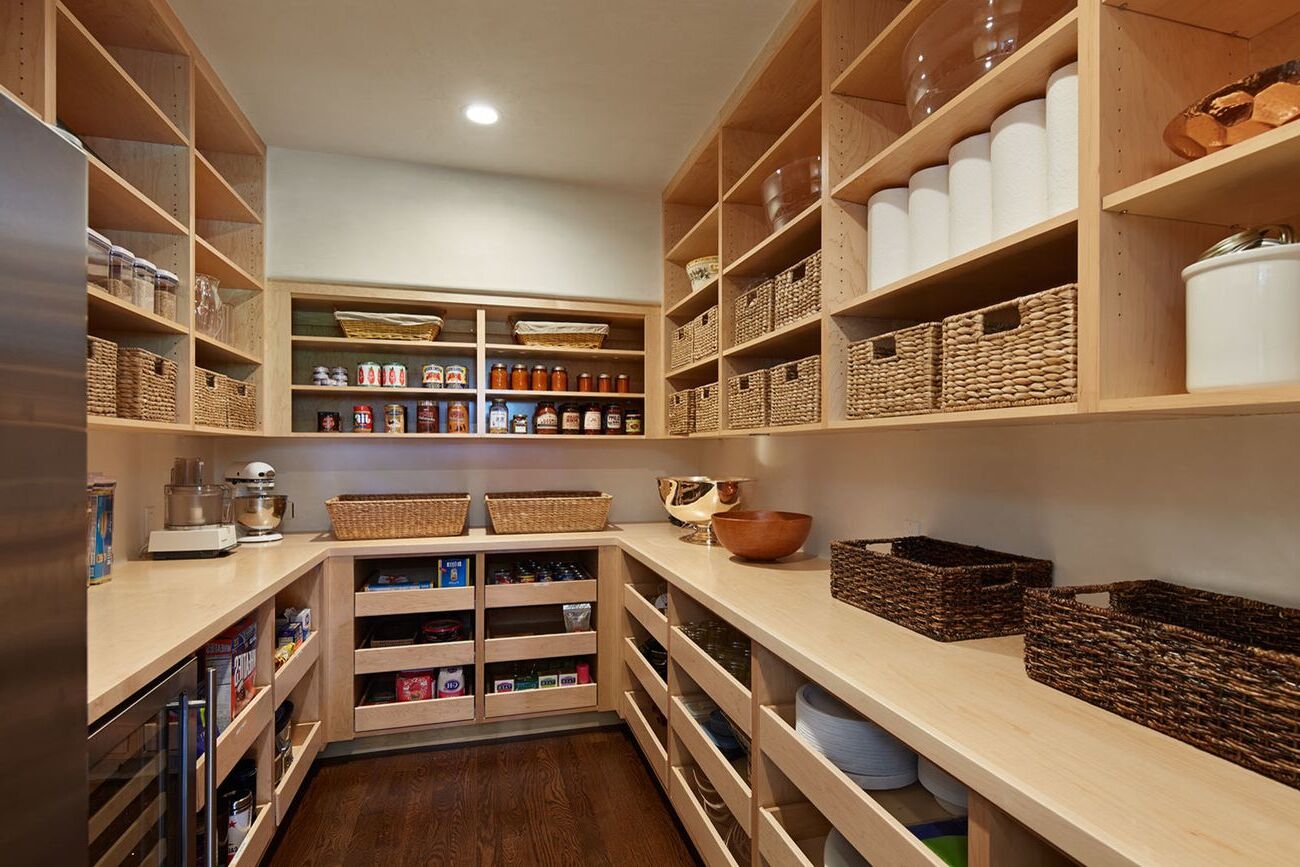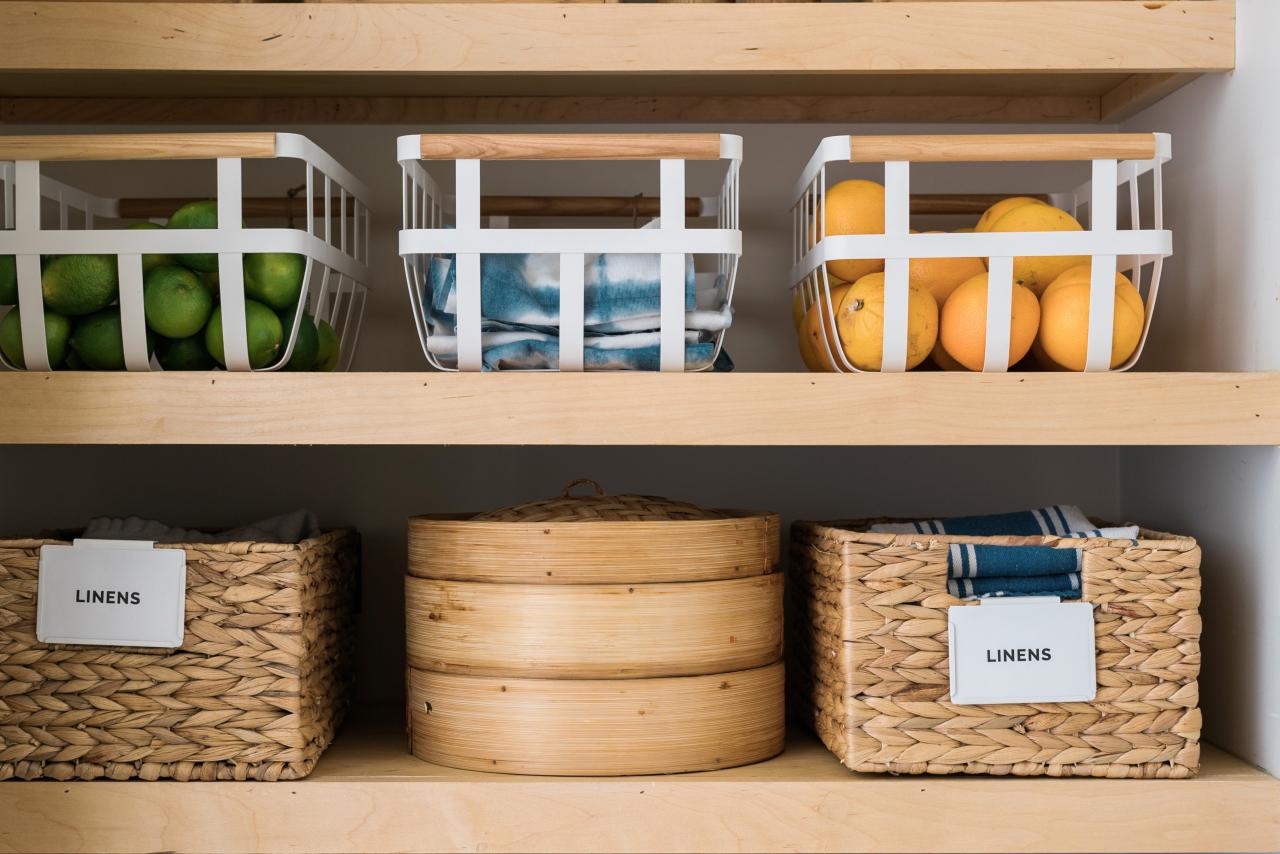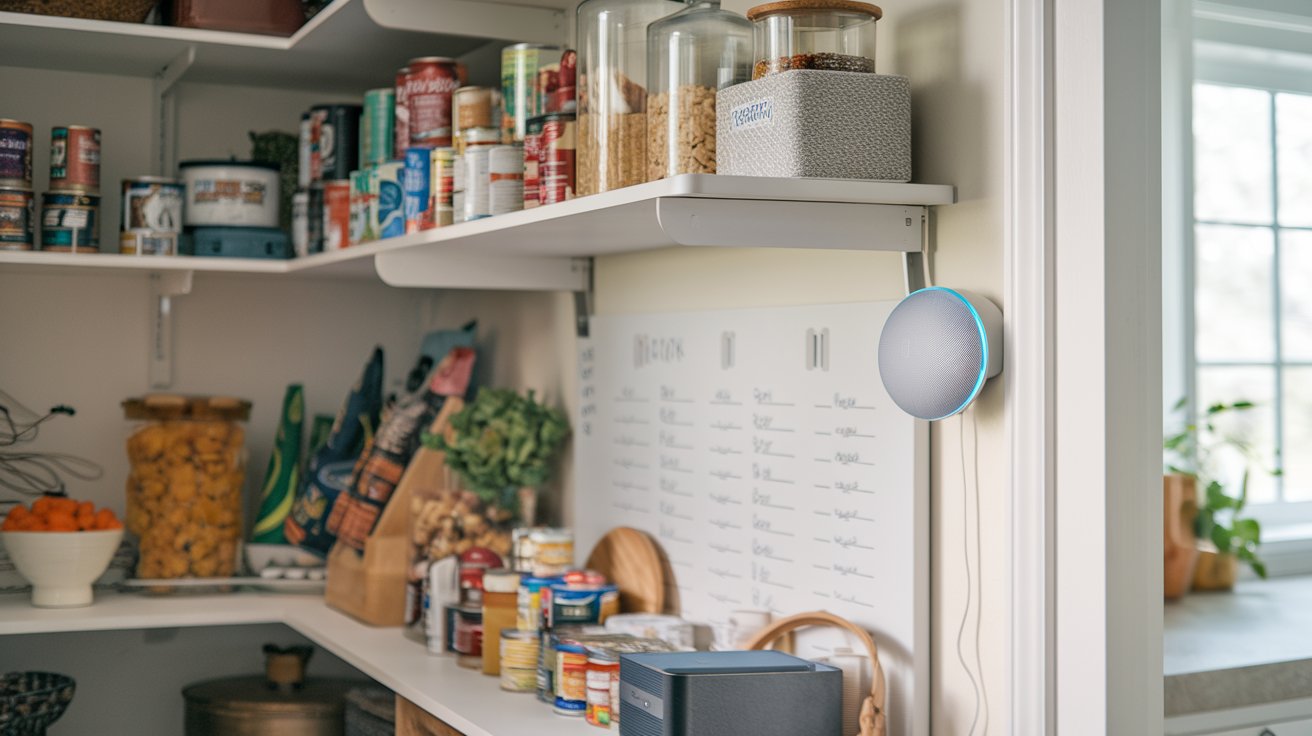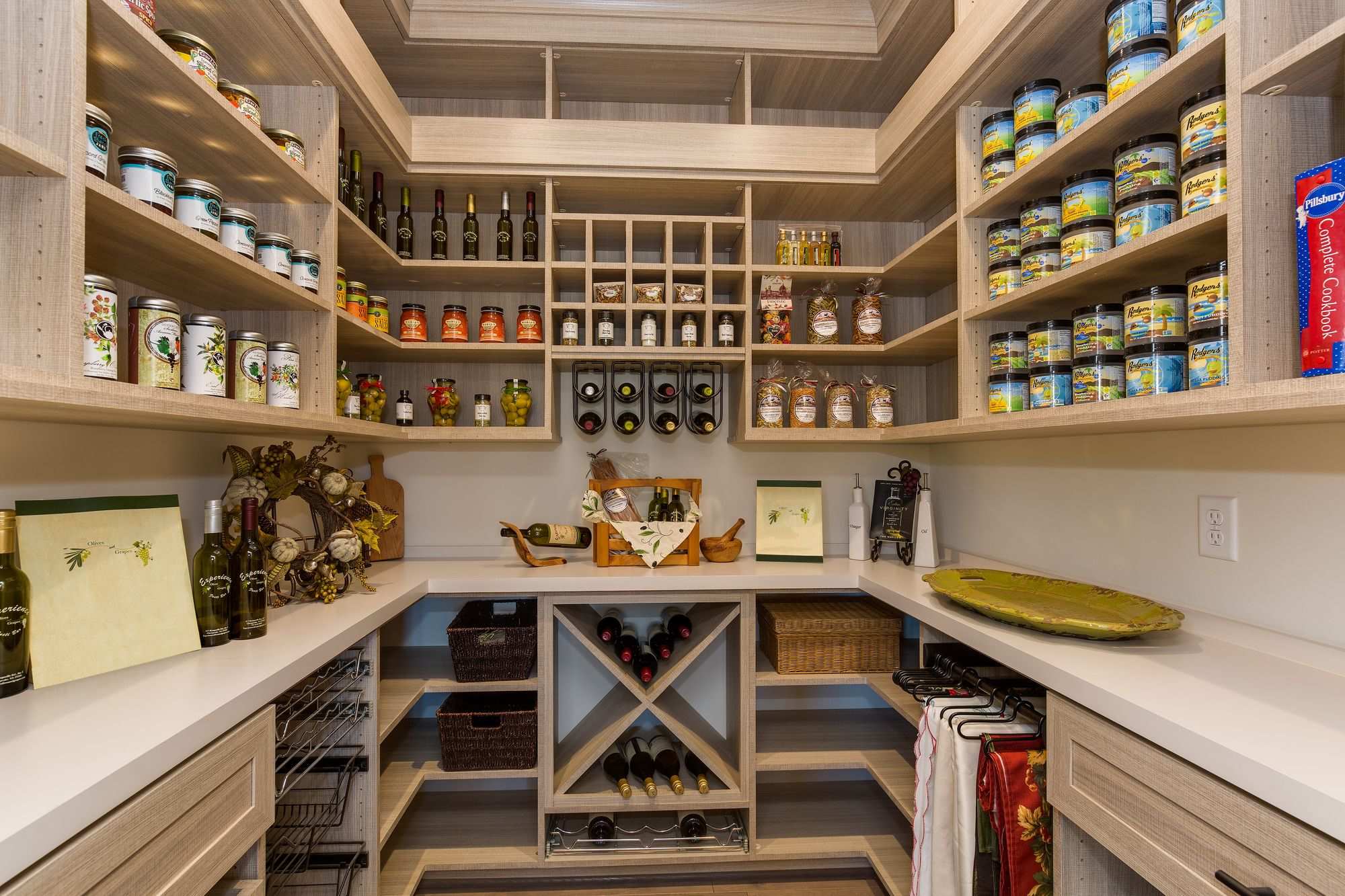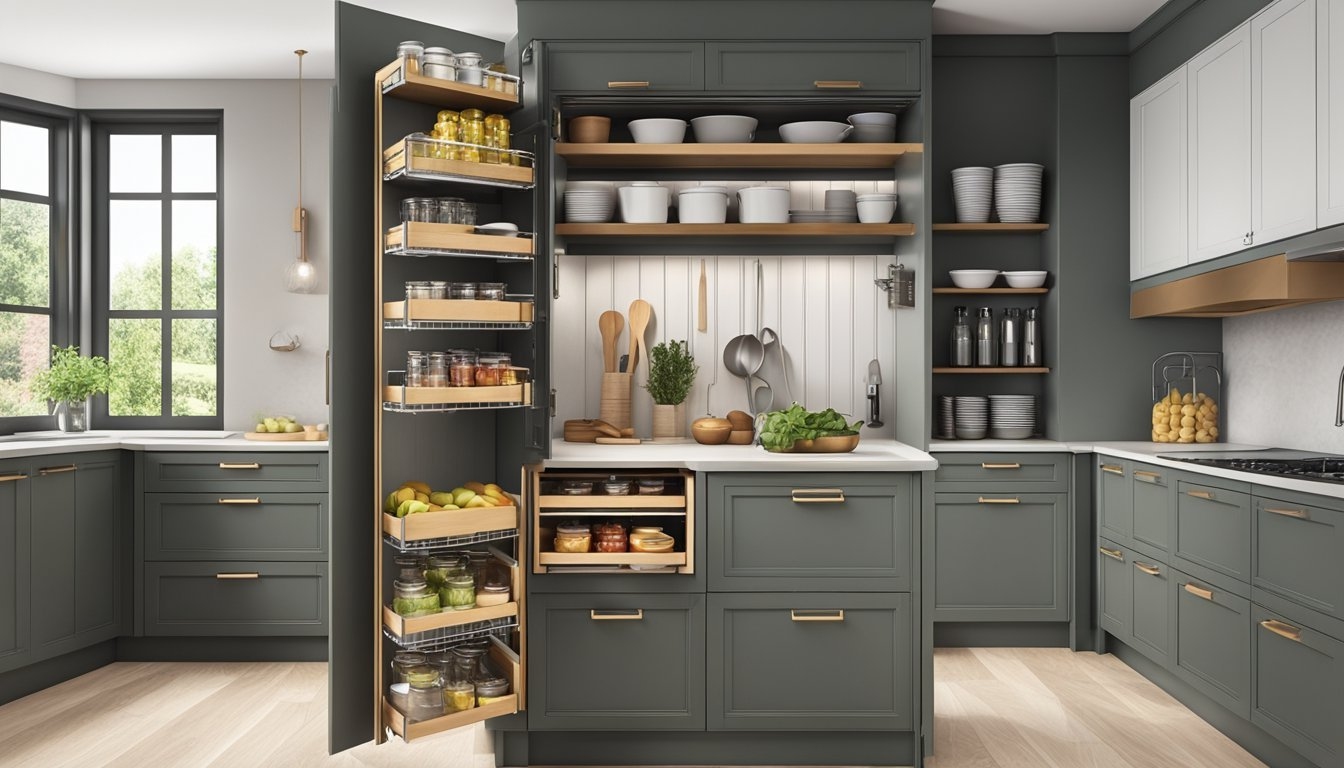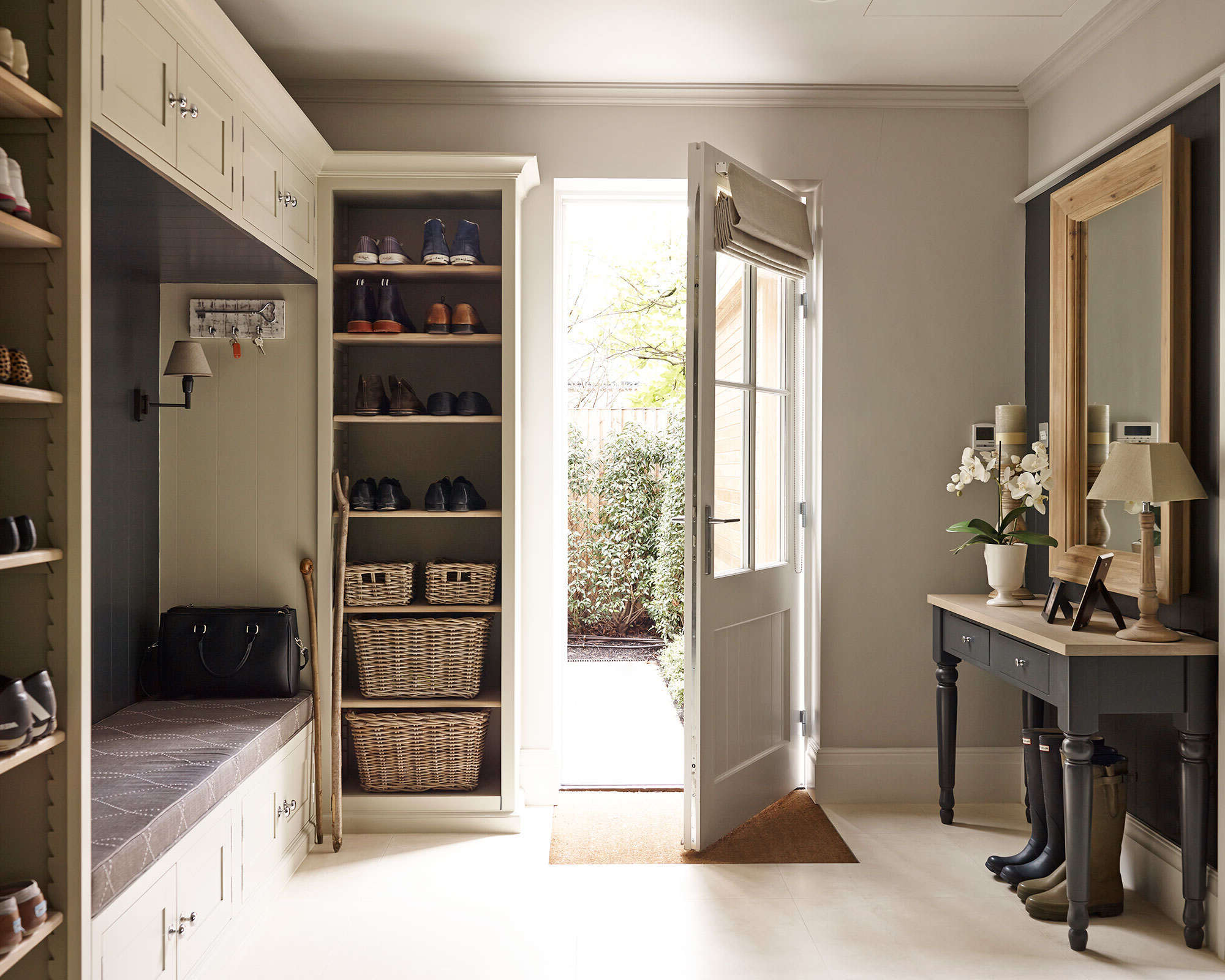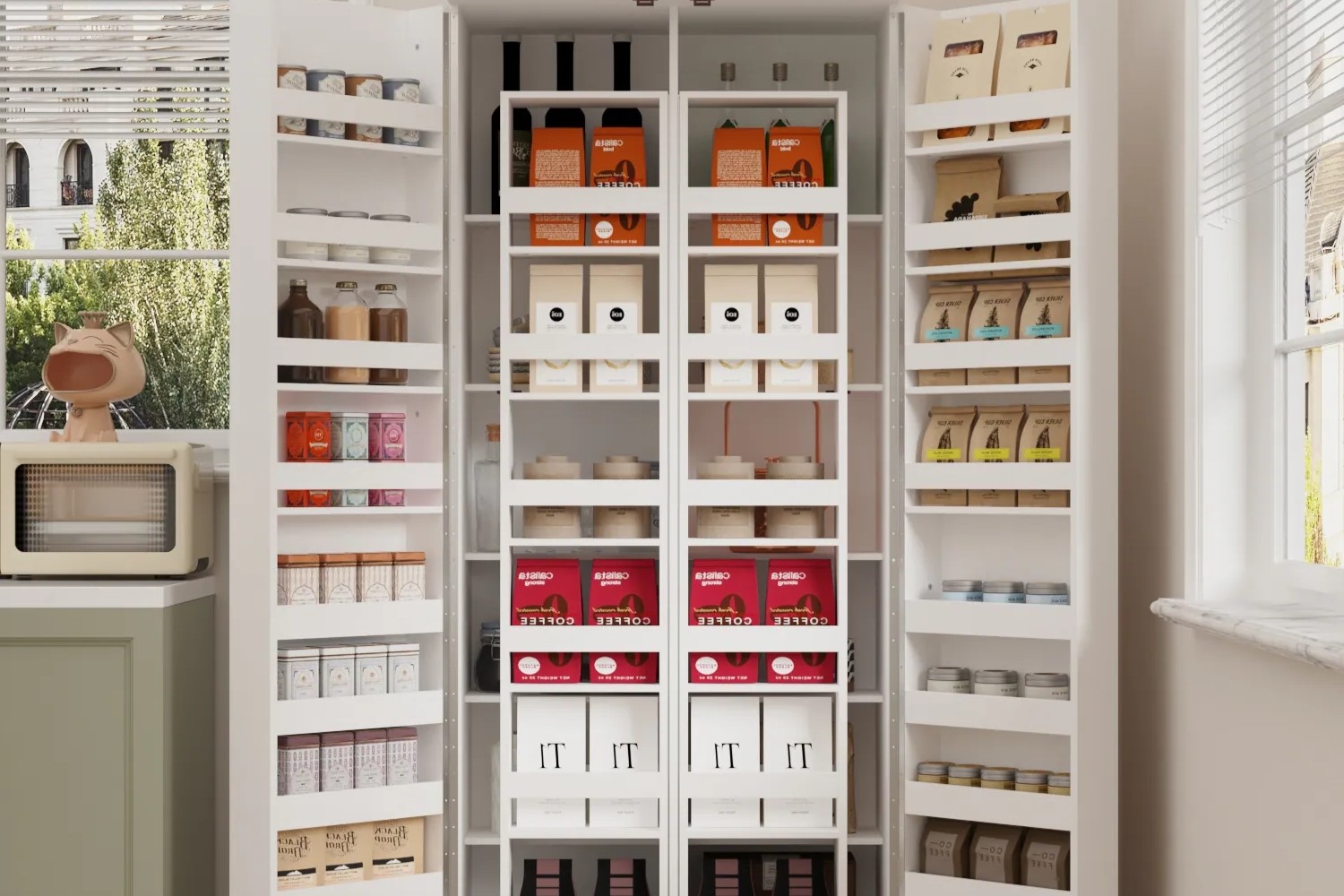Home> Pantry Organization
Pantry Organization: Ultimate Guide to Optimizing Your Kitchen Space
Discover how pantry organization can revolutionize your kitchen experience. Learn techniques for accessibility, improved food management and smart planning. Transform your pantry today.
Walk-In Pantry Designs: Maximizing Storage In Any Space
By: Amelia Brooks • Ideas and Tips
Pantry Organization In Small Spaces: Maximizing Every Inch
By: Amelia Brooks • Ideas and Tips
Creating a Stylish and Practical Pantry with a Voice-Activated Inventory Assistant
By: James Anderson • Ideas and Tips
Creating a Stylish and Practical Pantry with a Custom Wine Rack and Cellar
By: Chloe Davis • Ideas and Tips
Creating A Stylish And Practical Pantry Under The Stairs
By: Olivia Parker • Ideas and Tips
DIY Guide To Installing A Kitchen Pantry Pull-Out System
By: Grace Wilson • Ideas and Tips
Creating A Stylish And Practical Pantry In A Hallway Closet
By: Amelia Brooks • Ideas and Tips
Creating A Stylish And Practical Pantry With Robotic Inventory Management
By: Daniel Carter • Ideas and Tips
